Reading Time: 4 mins
In June 2024, Apple achieved an astounding $2.94 trillion valuation, edging closer to the $3 trillion mark. This remarkable journey began in August 2018, when Apple’s stock reached $200, making it the first U.S. company to hit a $1 trillion market value. Let’s delve into the fascinating history of Apple, the world’s first trillion-dollar company.
Early Beginnings
Apple’s story started in April 1976, when Steve Jobs and Steve Wozniak founded the company. Steve Jobs, born on February 24, 1955, in San Francisco, was adopted by Paul Jobs and Claire Hagopian, a blue-collar couple from the Bay Area. Deeply grateful to his adoptive parents, Jobs was passionate about electronics from a young age. By age 10, he had befriended many neighborhood engineers. Despite being bullied in school and considering dropping out, a summer job at Hewlett-Packard at 13 kept his interest in technology alive. Jobs later attended Homestead High School, where he met Bill Fernandez, a fellow electronics enthusiast.

Formation of Apple
In 1971, Jobs and Wozniak were introduced by a mutual friend, bonding over their love for technology. They both joined the Homebrew Computer Club in Menlo Park, California. Wozniak’s creation of the Apple I, a computer with a typewriter-like keyboard and TV connection, marked the beginning of modern computing. Jobs and Wozniak funded its production by selling their personal belongings, and along with Ronald Wayne, they founded Apple Computer Inc. on April 1, 1976. Ronald Wayne, who initially took a 10% stake, sold his shares for $500 just 12 days later—shares that would be worth $72 billion four decades later.
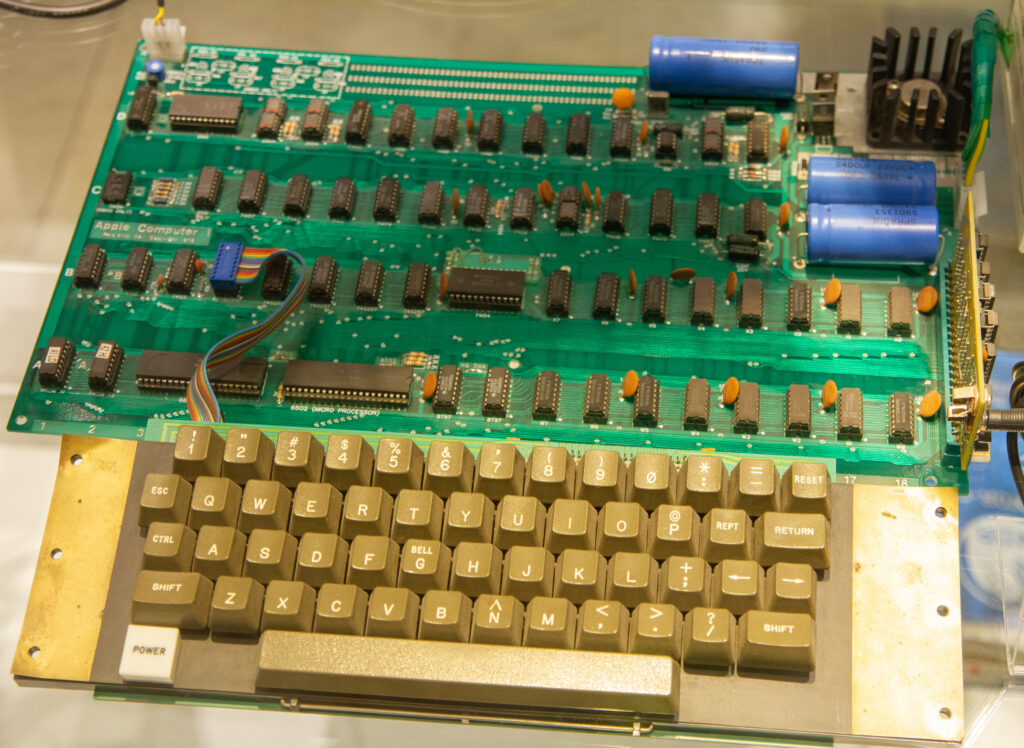
Courtesy of Wikipedia
Early Logos and Products
Apple’s first logo, designed by Ronald Wayne, featured Isaac Newton under an apple tree. It was later replaced by the iconic rainbow Apple logo, which was used for 22 years until Jobs reintroduced the classic Apple logo upon his return. In 1977, Apple released the Apple II, a more commercial product featuring a 1 MHz processor and 4 KB of RAM. The Apple III launched in 1980, was aimed at business users but faced issues due to Jobs’ insistence on a fanless design, leading to overheating problems.
Courtesy of Wikipedia
Apple’s IPO and Further Innovations
On December 12, 1980, Apple’s IPO created around 300 millionaires, a record at the time. The early Apple I, II, and III were text-based machines, but Jobs envisioned a more user-friendly computer. In 1983, Apple introduced the Lisa, featuring a graphical user interface. The following year, the Macintosh debuted. However, after a power struggle with then-CEO John Sculley, Jobs was forced out of Apple in 1985. He went on to found NeXT, a company specializing in computers for higher education and business markets.

Courtesy of Wikipedia Commons
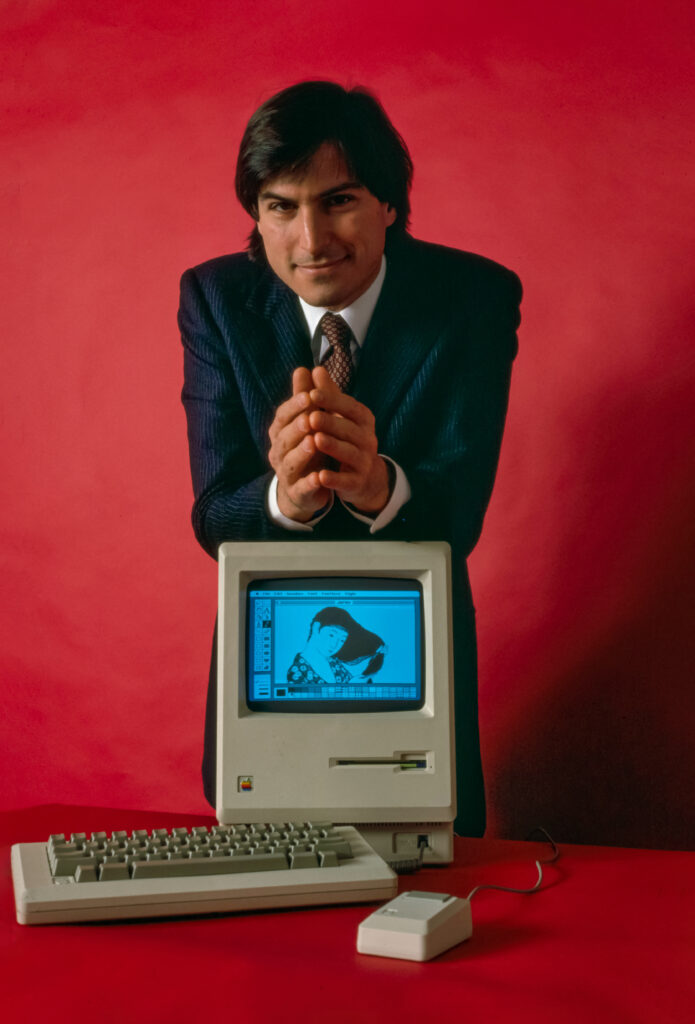
Courtesy of Wikipedia Commons
Steve Jobs’ Return and Apple’s Revival
Apple purchased NeXT in 1996, bringing Jobs back to the company and incorporating NeXT’s technology into the Mac OS X operating system. Jobs became Apple’s CEO in 1997, initiating a critical restructuring. At the 1997 Macworld Expo, he announced a partnership with Microsoft, which included a $150 million investment in Apple. Jobs then developed the iMac, an all-in-one desktop computer that launched in 1998, marking a significant turnaround for Apple as it struggled against the dominance of Windows PCs.
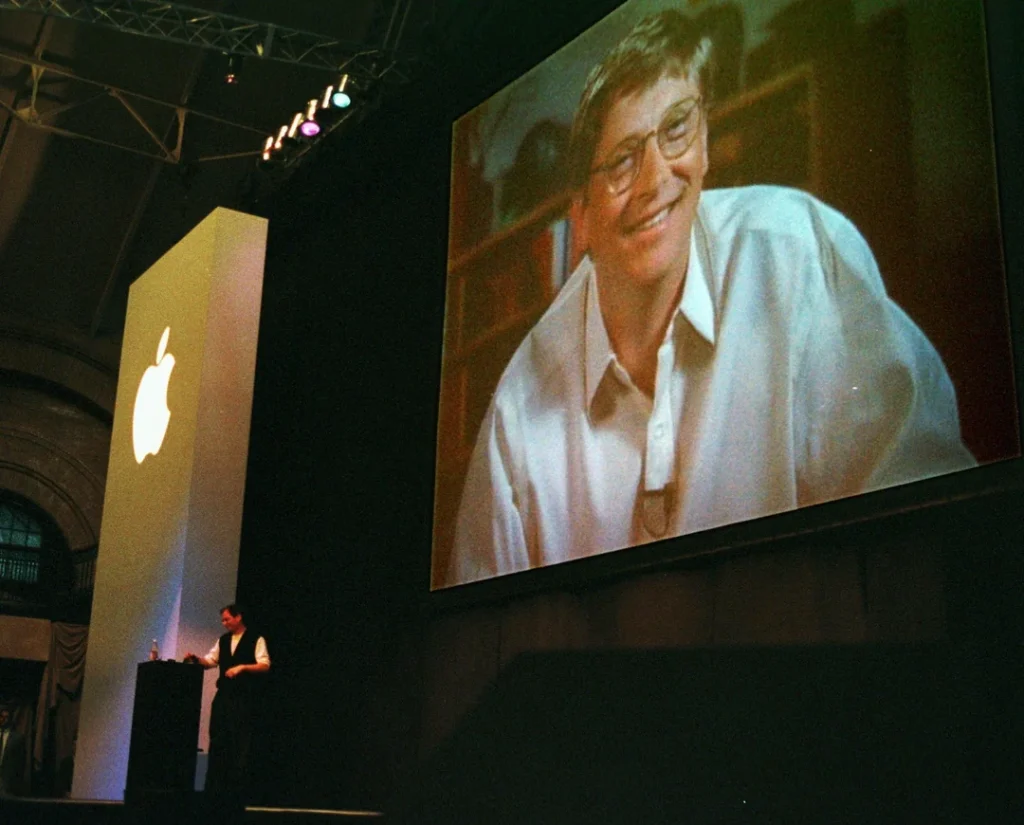
Courtesy of Reddit
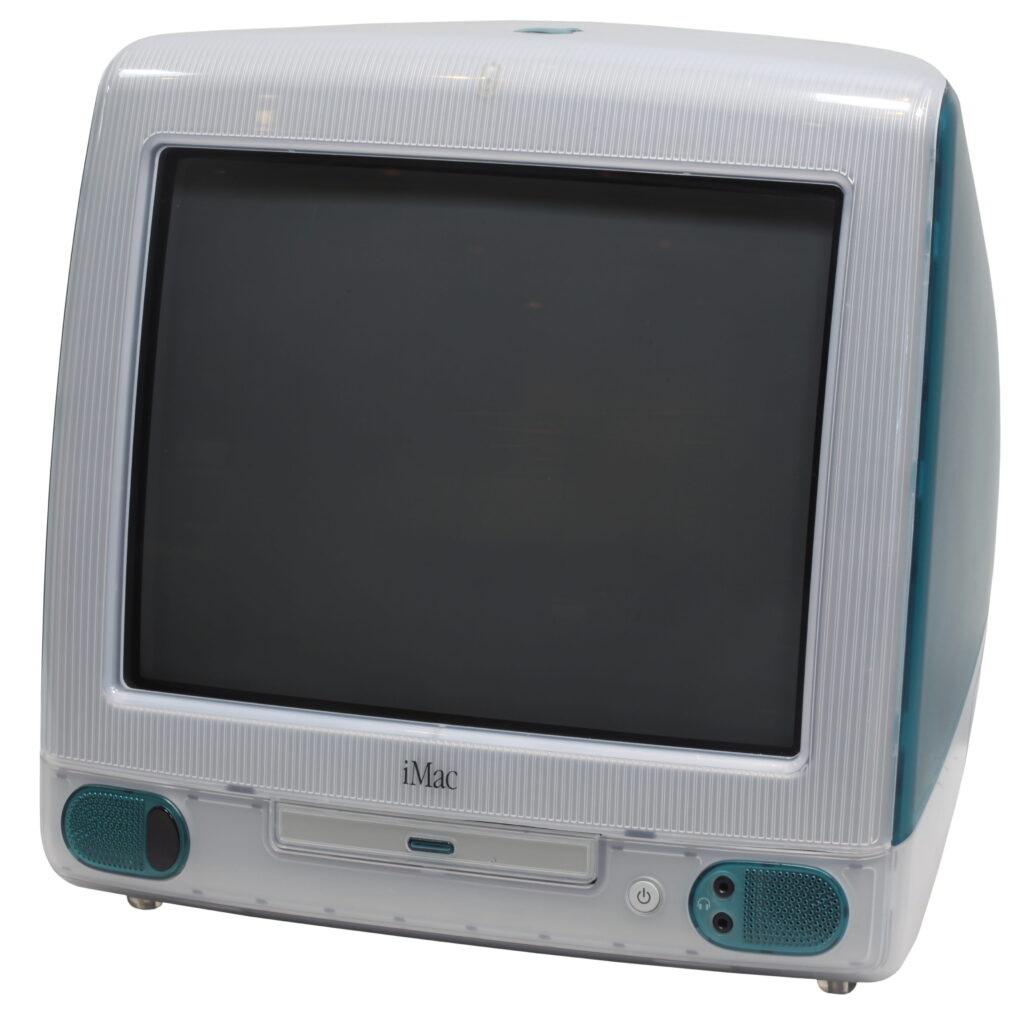
Courtesy of Wikipedia Common
Major Product Launches
The late 2001 release of the iPod, part of Apple’s Digital Hub strategy, revolutionized the music industry. In 2003, the iTunes Music Store launched, achieving 2 million downloads in its first 16 days. The iPhone, launched on June 29, 2007, transformed the smartphone market despite not being the first of its kind. The MacBook Air, released in 2008, introduced the Ultrabook category. Unfortunately, in August 2011, Jobs passed away due to complications related to a pancreatic neuroendocrine tumor.

Courtesy of Unsplash
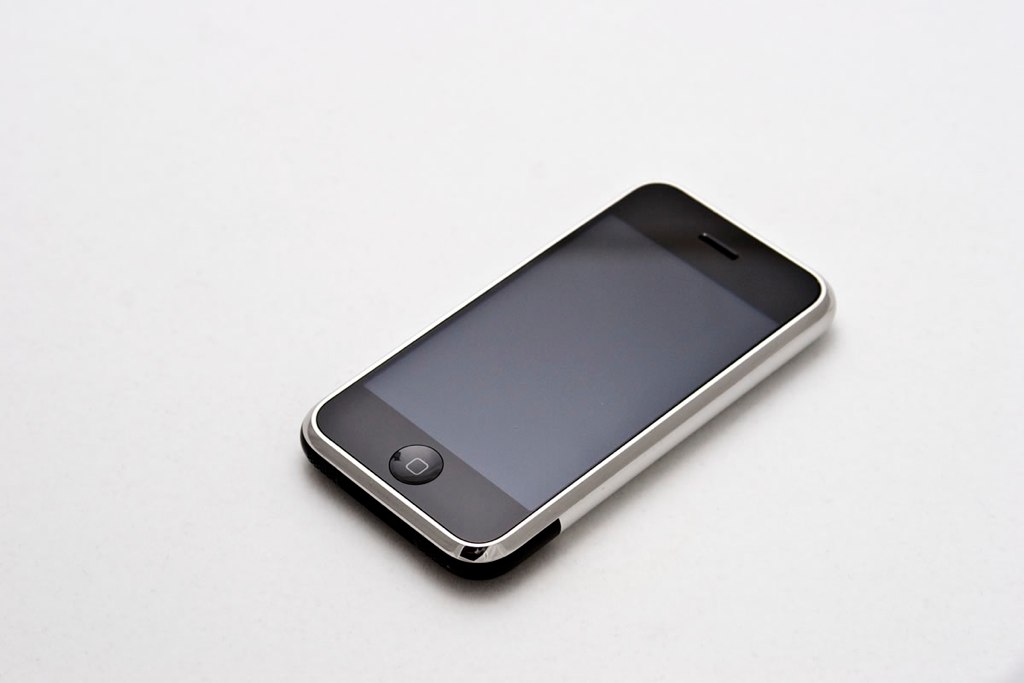
Courtesy of Wikipedia Commons
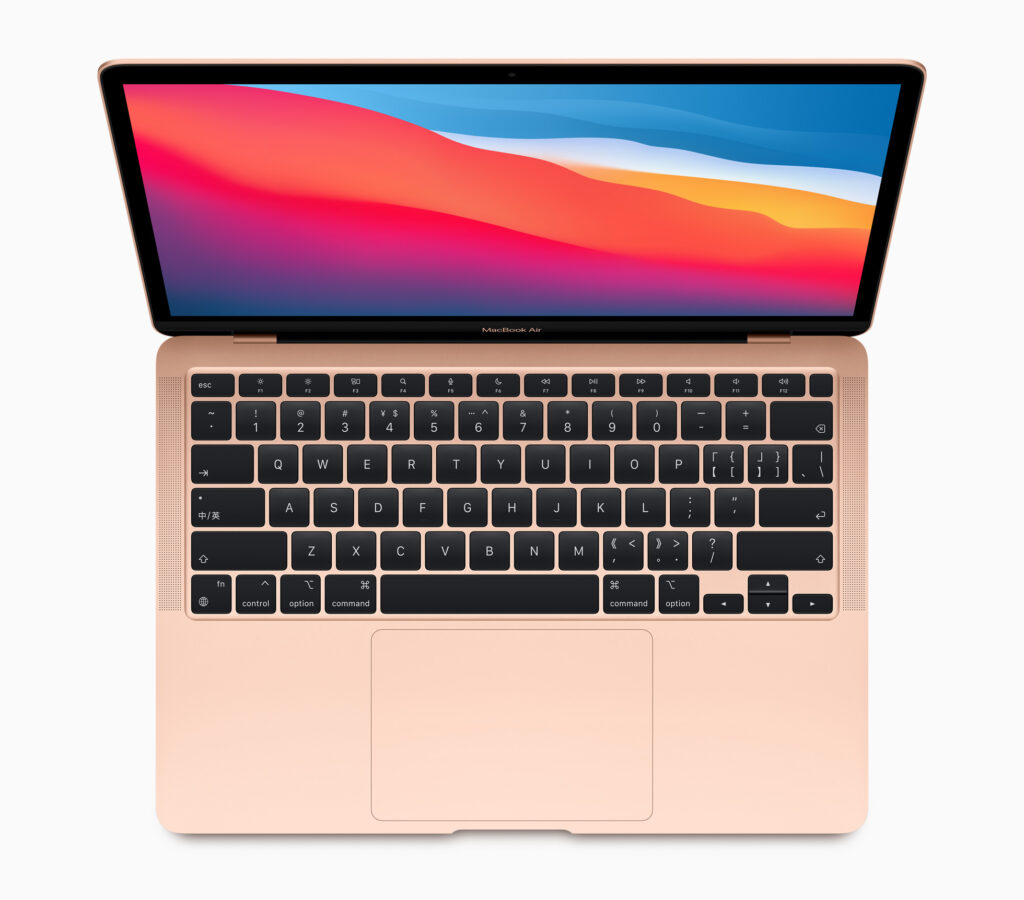
Courtesy of Apple.com
Recent Developments
In 2014, Apple acquired Beats, known for its headphones and music service, for $3 billion. The following year, Apple released the Apple Watch. To date, Apple has launched 15 generations of the iPhone and multiple versions of the iPad, solidifying its position as one of the most valuable publicly traded companies in the world.
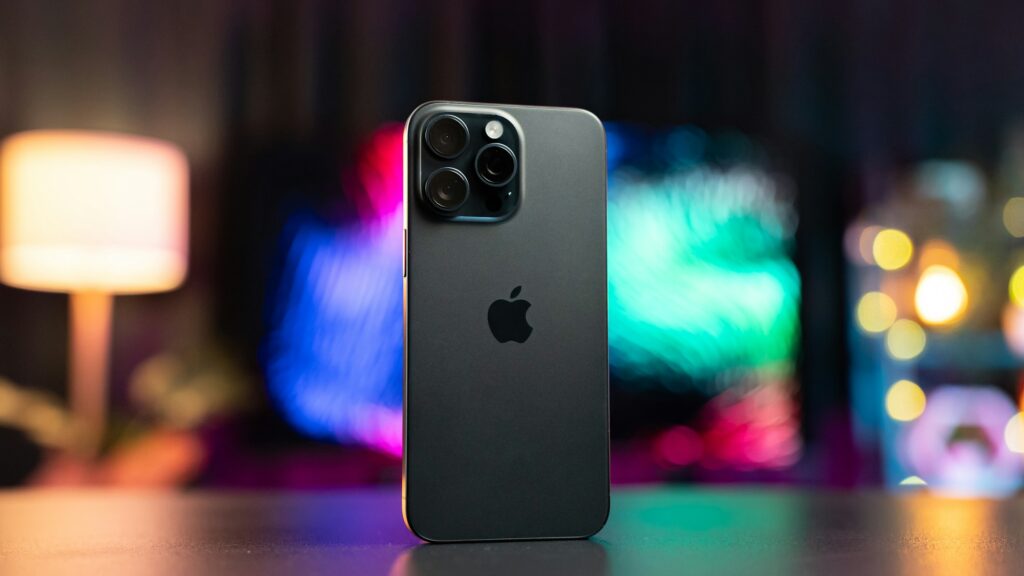
Courtesy of Unsplash
Conclusion
Are you using an iPhone? Let us know in the comments. Also, don’t forget to explore more fascinating stories on our blog. Thank you for reading!

